How Do Prismatic Lithium Iron Phosphate Batteries Compare?
The landscape of energy storage features several prominent battery technologies, each with distinct characteristics. The prismatic Lithium Iron Phosphate (LFP) battery has gained considerable attention, and comparing it to other common types reveals a clear profile defined by trade-offs between safety, longevity, and energy density.
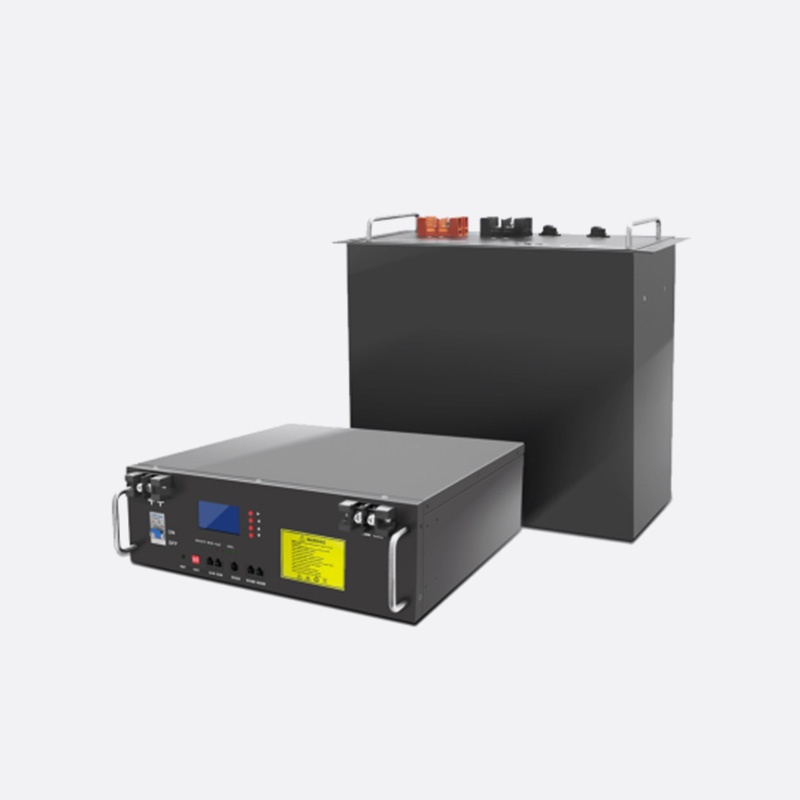
Safety and Thermal Stability
When evaluated against other lithium-ion chemistries like Nickel Manganese Cobalt (NMC) or Lithium Cobalt Oxide (LCO), LFP batteries exhibit safety. The strong phosphorus-oxygen bonds in the cathode material make it structurally stable and highly resistant to thermal runaway, a condition where overheating uncontrollable temperature increase. Under stress such as overcharging or physical damage, LFP cells are significantly less likely to catch fire or explode compared to their NMC and LCO counterparts. This inherent safety is a primary reason for their adoption in applications where risk mitigation is paramount.
Cycle Life and Longevity
A defining advantage of LFP chemistry is its exceptional cycle life. A well-maintained LFP battery can typically endure thousands of charge-discharge cycles before its capacity degrades to 80% of its original value. This dramatically outpaces the lifespan of NMC and lead-acid batteries. For example, where an NMC battery might last 1,000-2,000 cycles, an LFP battery can often exceed 3,000-5,000 cycles. This longevity translates to a lower cost per cycle over the battery's entire operational life, making it an economically favorable option despite a potentially higher initial purchase price.
Energy and Power Density
The notable compromise with LFP technology is its lower volumetric and gravimetric energy density. This means that for an equivalent physical size or weight, an LFP battery will store less energy than a NMC battery. Consequently, an electric vehicle using LFP batteries might have a slightly shorter range than a comparable model using NMC cells. However, LFP batteries excel at power density, meaning they can deliver high discharge currents efficiently without significant degradation or overheating. This makes them ideal for applications requiring robust power output, like solar energy storage or power tools.
What are the potential hazards and significant advantages of a Lithium Iron Phosphate Stack Battery?
Part 1: Potential Hazards
While Lithium Iron Phosphate (LFP) chemistry is inherently safer than alternatives, stacking these cells to create a higher-voltage battery pack introduces specific engineering challenges that, if mismanaged, present hazards. The primary risk stems from cell imbalance. Individual cells within a stack have slight variations in capacity, internal resistance, and self-discharge rate. Over numerous cycles, these minor differences can become amplified. Without a functioning Battery Management System (BMS) to actively balance the charge across each cell, some units can become overcharged while others are undercharged. Overcharging an LFP cell can still electrolyte decomposition, gas generation, and swelling, potentially causing the casing to rupture and vent. Conversely, deeply discharging a cell can cause copper shunts to form, permanently damaging it and increasing internal resistance, which heat generation.
The mechanical integrity of the stack is crucial. Poor physical connections between cells can result in high resistance points, creating localized heating and posing a fire risk for surrounding materials, even if the battery itself does not ignite. A failure in the BMS or the external charging circuitry removes the critical safeguards that prevent overvoltage and overcurrent conditions. Therefore, the hazards of an LFP stack are not primarily from the chemistry itself but from faulty design, inadequate balancing, or a lack of proper protective systems around the stack.
Part 2: Significant Advantages
The significant advantages of a stacked LFP configuration are substantial and explain its widespread use. The direct benefit is the achievement of higher operational voltage. By connecting cells in series, the voltages add together, enabling the battery pack to efficiently power high-voltage systems like electric vehicle drivetrains or residential solar inverters without the need for large, inefficient DC-DC converters. This series connection also allows for the use of thinner-gauge wiring within the system due to the higher voltage and lower current for the same power output, reducing weight and cost.
Stacking cells within a unified pack allows for a centralized and sophisticated BMS. This system can precisely monitor the voltage, temperature, and health of individual cells or modules, performing active balancing to redistribute energy from strong cells to weaker ones. This maximizes the usable capacity of the entire pack and ensures every cell operates within its safe window, directly contributing to the pack’s renowned longevity and reliability. The modular nature of stacking also simplifies maintenance and repair, as a faulty module can often be replaced instead of the entire battery pack, offering significant long-term economic benefits.
 boo@zjmgmm.com / 958587858@qq.com
boo@zjmgmm.com / 958587858@qq.com English
English русский
русский Español
Español عربى
عربى
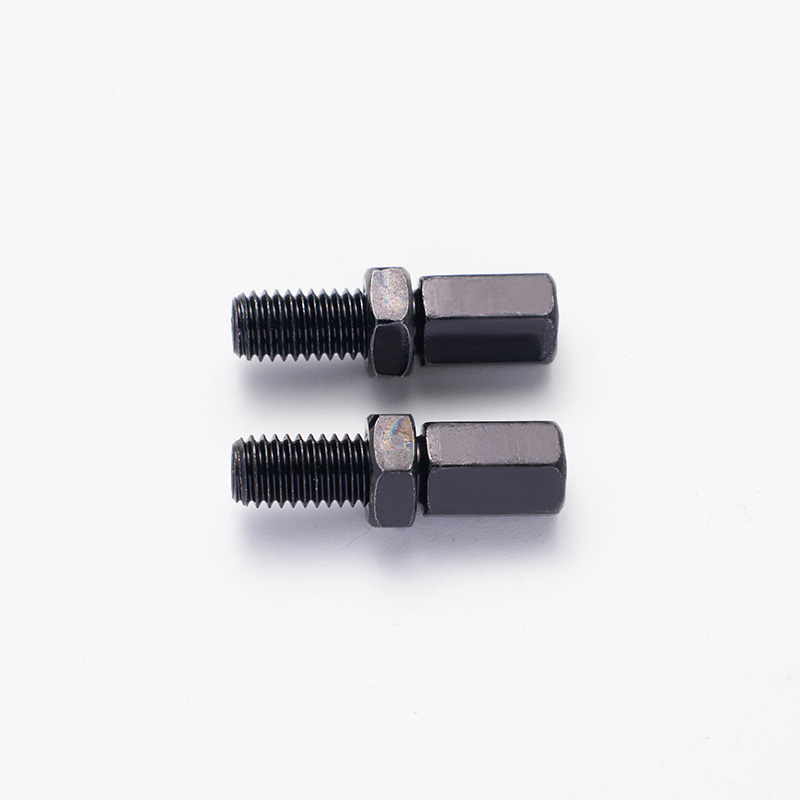
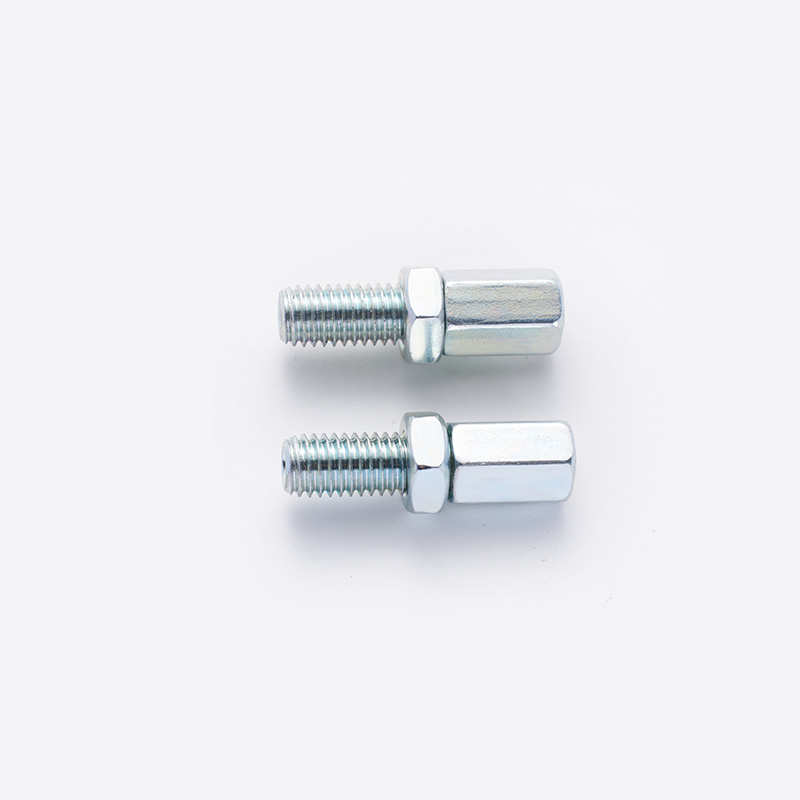

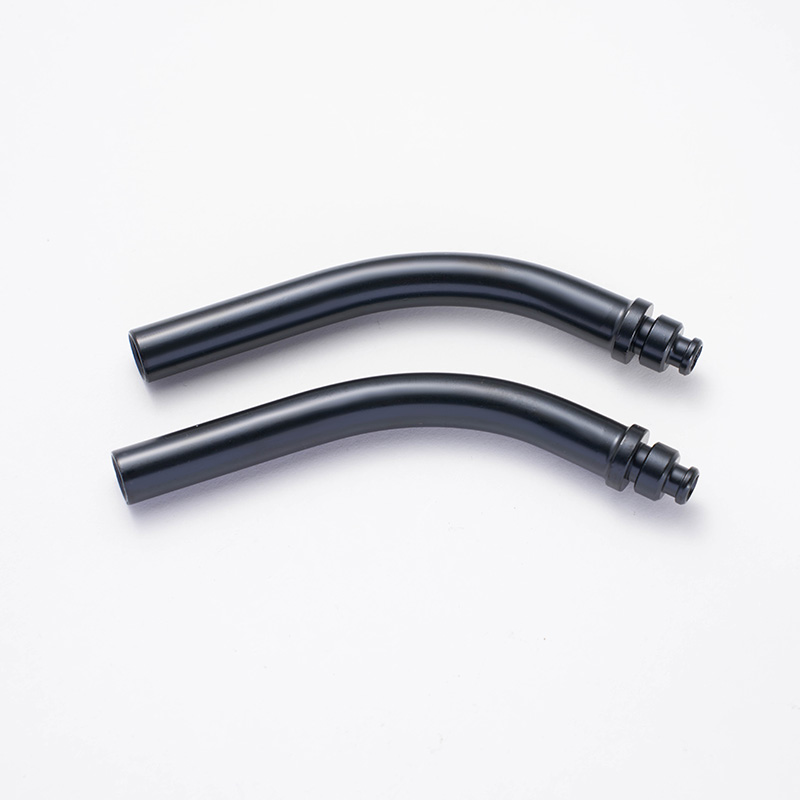

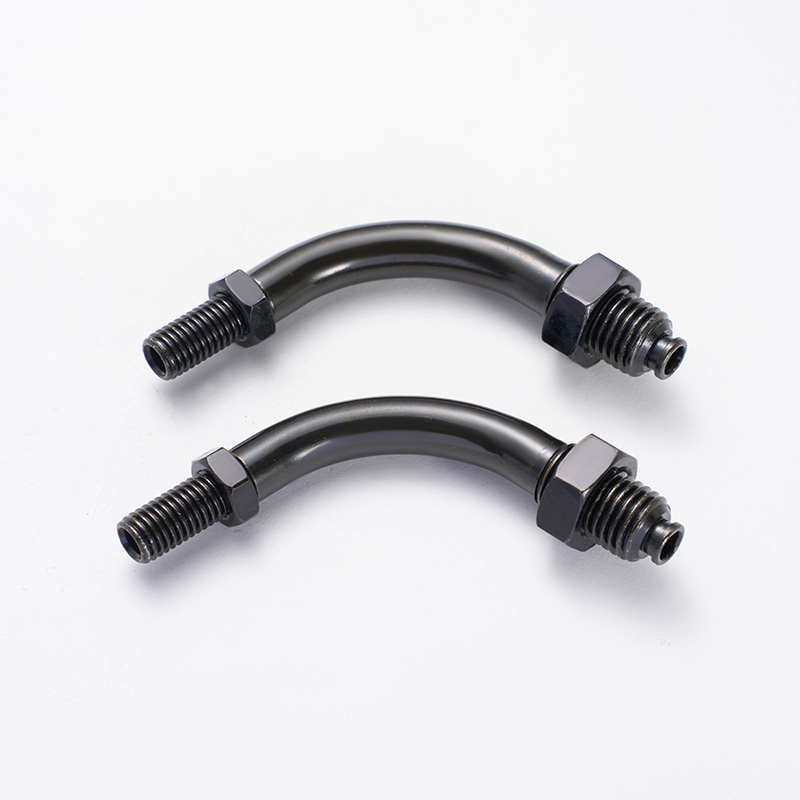

 English
English  Building 33, Demonstration Park, No. 318 Chenguang Road, Eastern New District, Wenling City, Taizhou City, Zhejiang Province, China
Building 33, Demonstration Park, No. 318 Chenguang Road, Eastern New District, Wenling City, Taizhou City, Zhejiang Province, China  0086-576-86337978
0086-576-86337978  0086-576-86333878
0086-576-86333878
 boo@zjmgmm.com
boo@zjmgmm.com 